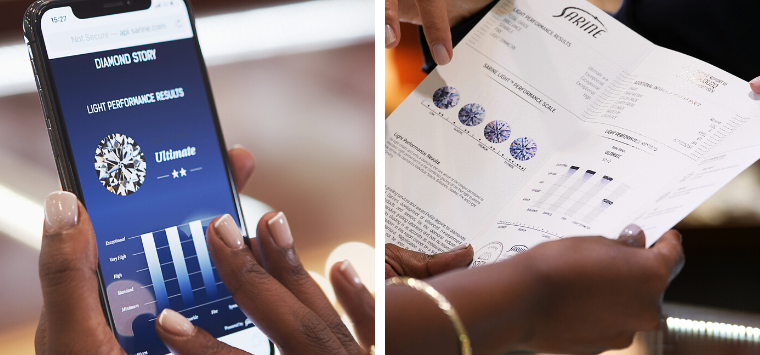Across the diamond industry and around the world, the 4Cs have been the gold standard in grading polished diamonds for well more than half a century. But this is changing and it’s changing fast.
Diamond retailers and jewelers today are already demanding more accurate and comprehensive grading than the 4Cs can ever provide.
This is the result of a confluence of factors:
- Shifting consumer demands and expectations: Consumers today are far more informed, savvy, and wary about buying diamonds. Lay consumers can access vast information about diamonds on the internet, some of which is accurate, and some of which may not be. They are no longer content to simply take the word of a sales rep about a diamond’s grading information. Consumers expect full transparency about a diamond’s gradings, source, and value, and they demand higher levels of reliability, accuracy, and traceability.
- Advanced grading tech: 4Cs diamond grading was traditionally a manual process, reliant on the expertise and subjective eye of the gemmologist. In the 1990s, the first cut grading technology was introduced to the industry by Sarine, transforming forever the way that diamonds receive their cut grade, and ensuring much higher levels of cut grading accuracy than could ever be achieved manually.
Over the years, the development of new technologies has expanded the horizons of diamond grading to include other parameters, such as light performance. The most recent breakthrough sweeping the industry is the implementation of AI-based automation (artificial intelligence) to the diamond grading process. AI enables levels of accuracy, repeatability, and even customization of diamonds according to specific, complex grading parameters, breaking new frontiers for the entire diamond grading industry.
- More sophisticated standards of diamond excellence and beauty: With heightened consumer demand and advanced tech, there has been a natural shift towards even more sophisticated and beautiful diamonds. The global diamond industry is highly competitive, and jewelry retailers are searching for ways to differentiate their diamond brands and attract customers to their collections. This has driven demand for highly advanced diamond standards, unique diamond-cut designs, and precision in diamond grading at levels never seen before.
Today, diamond grading is different. Here’s how.
Diamond grading is no longer just a standard set of parameters on a lab certificate. New approaches to grading are opening up entire worlds of possibility for diamond manufacturers and jewelry retailers, taking diamonds into uncharted grading territory beyond the 4Cs and altering the retail industry forever.
Let’s explore some of the new ways that diamonds are graded today:
Light performance
No two diamonds interact with light in the same way, so a diamond’s light performance grade is a truly unique way to describe a diamond’s appearance. The Sarine Light ™ Performance Grading Report is an excellent sales tool, as it enables jewelry retailers to describe and show a diamond’s beauty and value according to an objective, science-based grading dimension.
Hearts and Arrows
Hearts & Arrows diamonds are prized for their cut precision that creates ideal optical symmetry and proportions. This results in the appearance of a perfect pattern of eight symmetrical hearts when viewed from the pavilion, and eight symmetrical arrows when viewed from the crown.
The accuracy required to cut and grade high-quality H&A diamonds demands advanced technology, far beyond the capabilities of standard Hearts & Arrows viewer devices. Diamond manufacturers worldwide use Sarine’s DiaMension™ cut and symmetry analysis tech to ensure the highest levels of H&A precision and grading.
Specialty cuts
As diamond measurement, analysis and grading have become more sophisticated and precise, diamond manufacturers now have the capabilities to develop specialty cuts and shapes beyond the industry standard. Specialty cuts can be created to meet customer demands and fashion trends of specific markets, enabling jewelry retailers to better cater to their target audience and sell more diamonds.
An example of a specialty cut that takes diamond grading to new levels is Divine Solitaires, an Indian diamond company that checks diamonds according to an incredible 123 parameters. Only diamonds that meet all these criteria are accepted to the Divine Solitaires collection, ensuring high-quality diamonds valued at between 20-80% more than standard 4Cs graded diamonds.
Branded grading standards
Beyond the standard GIA industry guide of the 4Cs, luxury diamond brands develop their own grading criteria, reflecting stricter standards that ensure unprecedented levels of quality. For example, the iconic Tiffany & Co brand has long set its own grading standards by which it measures its exclusive diamonds.
Recently, Tiffany collaborated with Sarine to adapt Sarine’s AI-based automated grading to the stringent criteria for Color and Clarity that Tiffany holds by. Advanced grading tech solutions are empowering brands to create unique grading criteria quite apart from the traditional 4Cs, and this is driving consumer desire for enhanced luxury and quality in branded diamonds.
Inclusions positioning
Formed over millions or even billions of years deep in the earth, the vast majority of diamonds display naturally occurring inclusions in their internal structure. The position, size, shape, and type of inclusion have a strong impact on a diamond’s appearance and value. Even smaller inclusions that are not visible to the naked eye can influence the movement of light inside the diamond, which will, of course, affect its light performance grade.
The position of inclusions in rough stones is powerful information for diamond manufacturers, as it affects how the diamond should be planned and cut in order to maximize the polished yield. Sarine Galaxy® inclusion mapping technology, together with Sarine Advisor® planning software, empowers manufacturers with accurate inclusion data far earlier in the production process. This enables them to effectively “reverse engineer” the polished diamonds that can be extracted from the rough according to pre-defined grading criteria.
Beyond the 4Cs, these diamond grading criteria are changing the face of the retail jewelry industry. Together with other new and accurate diamond data, grading standards and tech-based capabilities, such as diamond fluorescence, Diamond Journey traceability from rough to polished, and more, the way that diamonds are graded, marketed and sold is being reimagined at an incredible pace, today and tomorrow.






-1.jpg?width=310&name=blog_image%20(003)-1.jpg)





